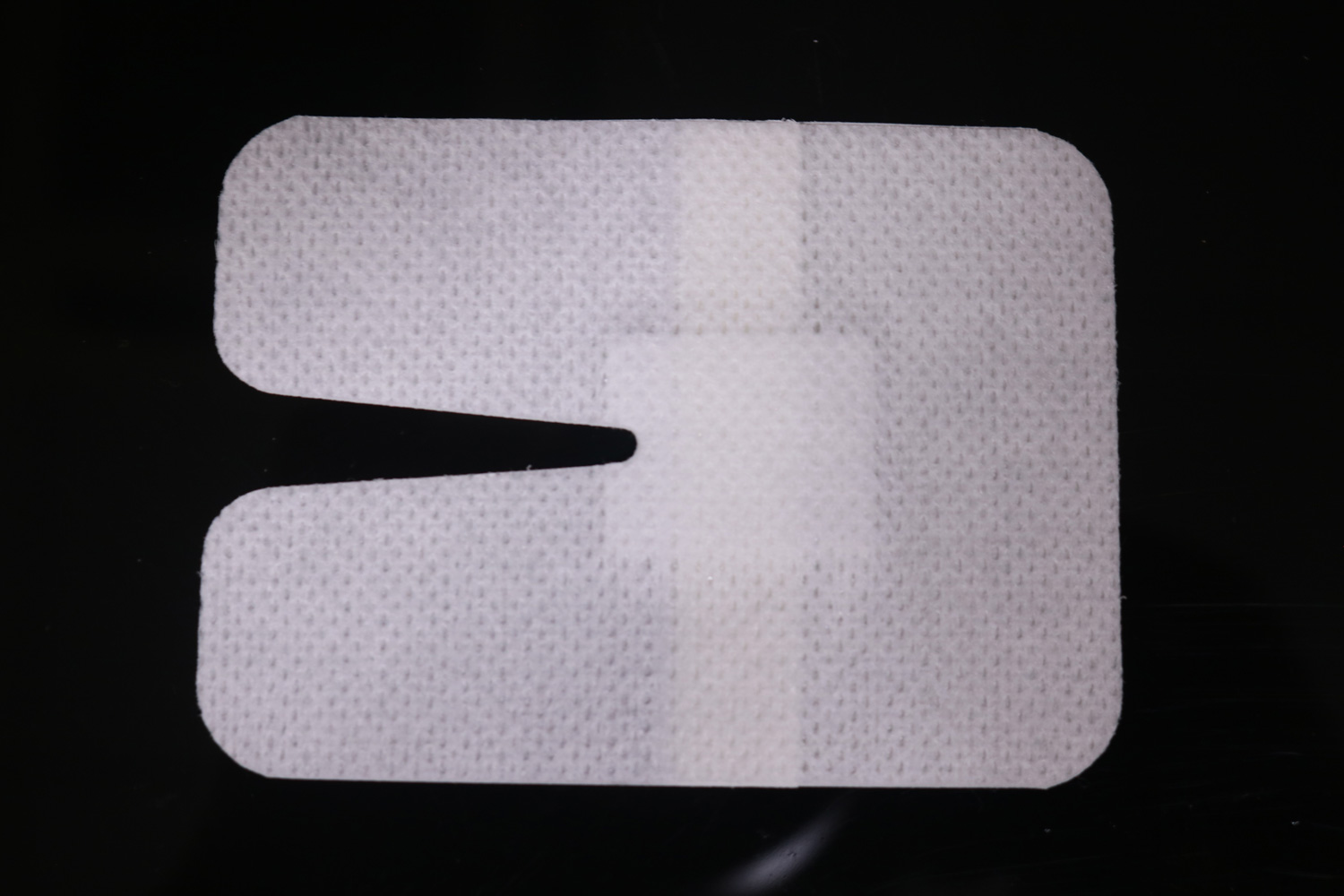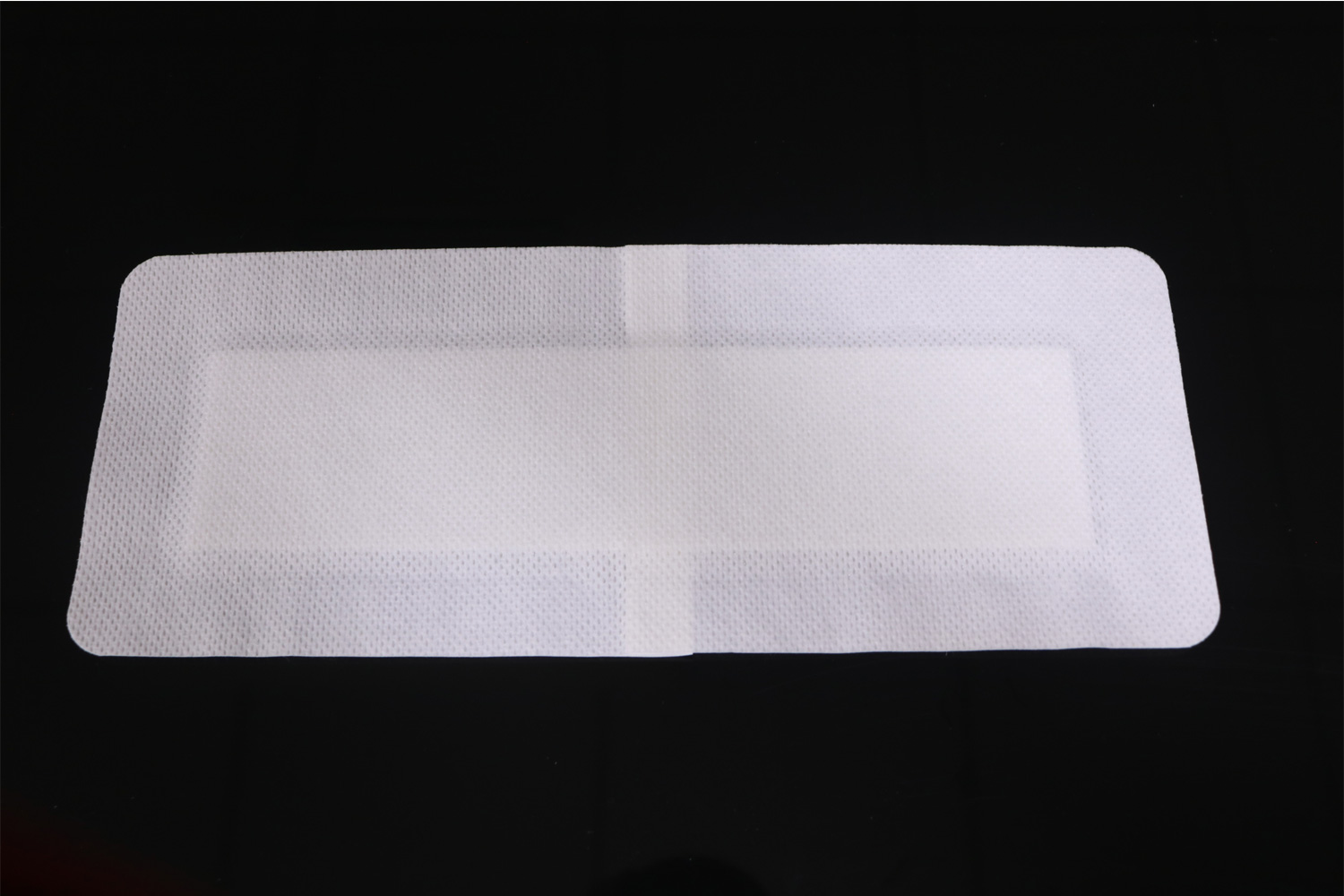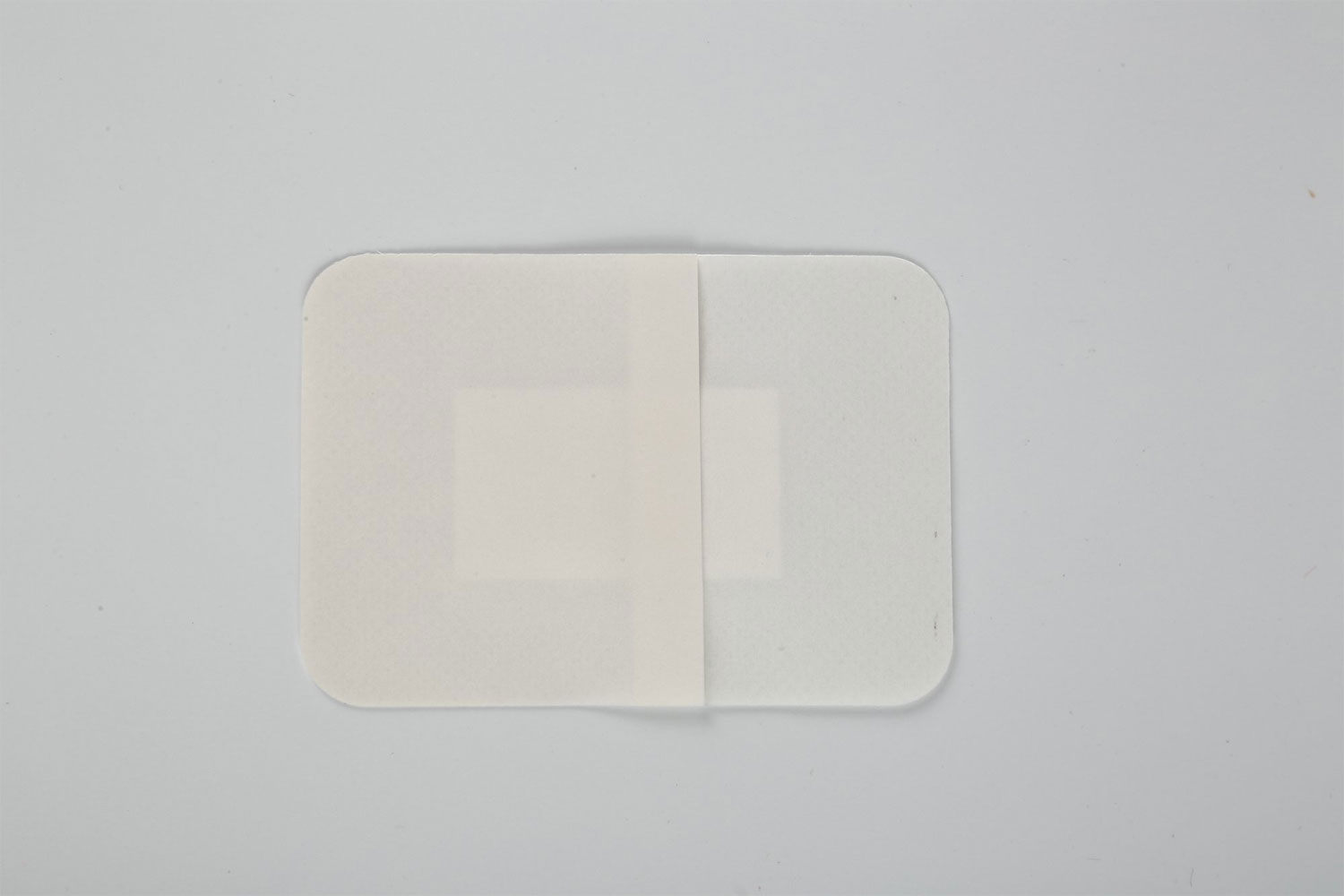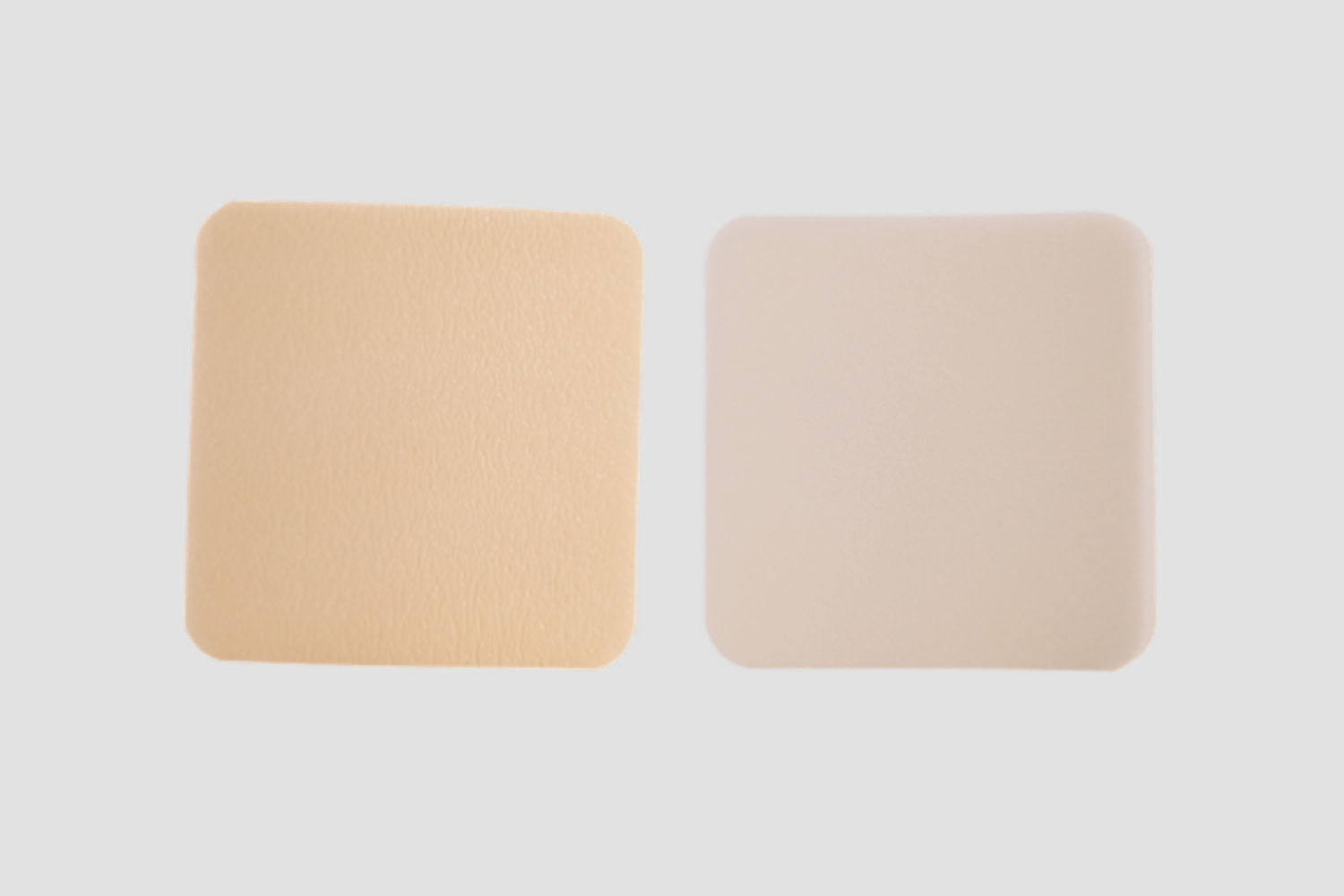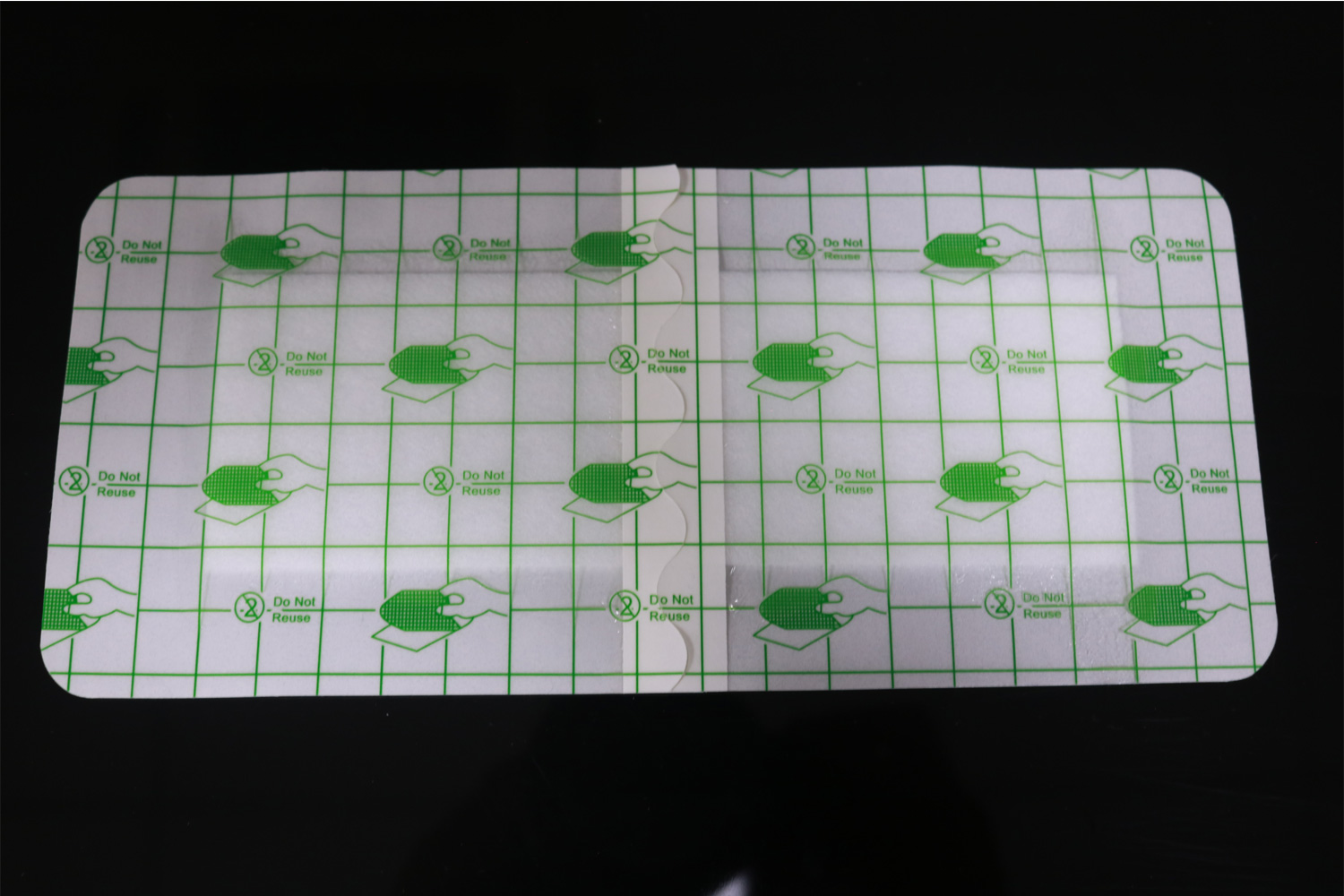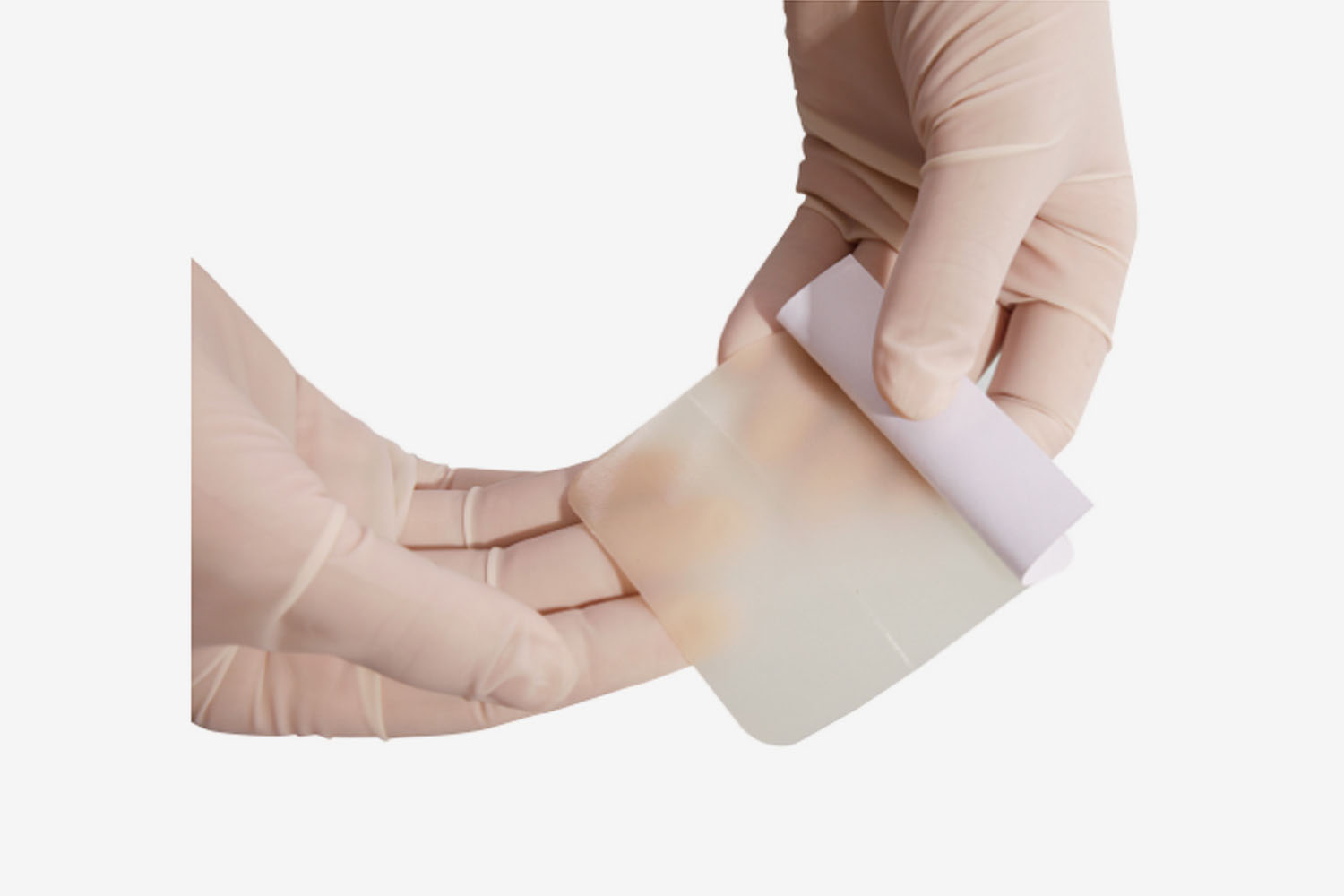Instruções de uso do curativo médico
1. Preparação
- Lave as mãos:Limpe bem as mãos com água e sabão ou use desinfetante para as mãos.
- Use luvas (se necessário):Para prevenir infecções, use luvas estéreis ao manusear a ferida.
Prepare a ferida:
Limpe suavemente a ferida com solução salina estéril ou solução anti-séptica.
Seque com uma compressa de gaze estéril.
2. Aplicando o curativo
- Escolha o curativo certo:Selecione um tipo de curativo apropriado (por exemplo, gaze, hidrocoloide, espuma ou filme transparente) com base no tipo de ferida.
Colocação:
Certifique-se de que o curativo cubra toda a ferida com pelo menos uma margem de 1 polegada ao redor.
Se estiver usando um curativo adesivo, remova o suporte e aplique-o suavemente para evitar rugas.
Prenda o curativo:
Use fita adesiva, bandagens ou curativos autoadesivos para mantê-lo no lugar.
Certifique-se de que não esteja muito apertado, pois pode restringir o fluxo sanguíneo.
3. Monitoramento e troca do curativo
- Verifique regularmente:Monitore os sinais de infecção (vermelhidão, inchaço, pus ou aumento da dor).
- Altere conforme necessário:Substitua o curativo quando estiver molhado, sujo ou de acordo com as instruções do médico.
- Para feridas secas:Mude a cada 1-2 dias.
- Para feridas úmidas:Mudança com base no nível de drenagem da ferida.
Remova suavemente:
Retire o curativo lentamente para evitar danos à pele.
Limpe a ferida novamente antes de aplicar um novo curativo.
4. Considerações especiais
- Para peles sensíveis:Use curativos hipoalergênicos ou à base de silicone.
- Para feridas profundas ou infectadas:Consulte um profissional de saúde para atendimento especializado.
- Para feridas cirúrgicas:Siga rigorosamente as instruções de cuidados pós-operatórios.
5. Eliminação
Descarte os curativos usados em um saco lacrado.
Lave bem as mãos após manusear a ferida.



